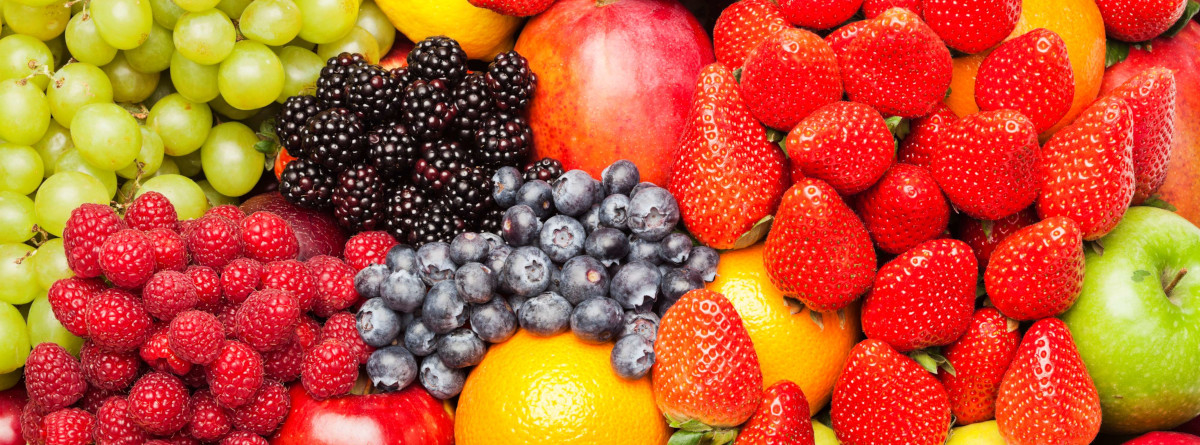
Fruits provide nutrients vital for the health and maintenance of your body, including:
- Potassium, which may help to maintain healthy blood pressure.
- Dietary fiber, as part of an overall healthy diet, helps reduce blood cholesterol levels and may lower the risk of heart disease. Fiber is important for proper bowel function. It helps reduce constipation and diverticulosis. Fiber-containing foods such as fruits help provide a feeling of fullness with fewer calories.
- Vitamin C is important for the growth and repair of all body tissues, helps heal cuts and wounds, and keeps teeth and gums healthy.
- Folate (folic acid) helps the body form red blood cells.
A good goal is to eat a variety of fruits. Different colors provide different nutrients.
How much fruit should you eat?
The amount of fruit you need to eat depends on your age, sex, and level of physical activity. For most adults, 1½ to 2 cups of fruit per day is recommended. For children, the recommendations range from 1 to 2 cups per day.
Any fruit or 100% fruit juice counts as a member of the fruit group. Fruits may be fresh, canned, frozen, or dried, and may be whole, cut-up, or pureed.
Tips for eating fruit
- It’s best to choose whole fruit over fruit juice. Whole fruit has more nutrients and dietary fiber than juice.
- When choosing fruit juice, look for 100% juice and limit to a 1 cup serving; read the label to avoid added sugar.
- For canned, choose unsweetened or packed in 100% juice rather than light or heavy syrup to reduce added sugar intake.
- Dried fruit is denser than whole fruit – eat smaller amounts, about ¼ cup.
- Keep a bowl of whole fruit on the table, counter, or in the refrigerator.
- Refrigerate cut-up fruit to store for later.
- Buy fresh fruits in season when they may be less expensive and at their peak flavor.
- Buy fruits that are dried, frozen, and canned (in water or 100% juice) as well as fresh, so that you always have a supply on hand.
- Follow MyPlate and aim to make half your plate fruits and vegetables.
Fruits A-Z
Learn how to select, store and prepare different fruits.